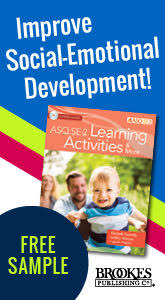Teaching Resilience
Matt Swanson
Jarrod Green, in his book, I’m Ok: Building Resilience through Physical Play, provides a few examples of what he means when children have resilience:
“It can be working on a jigsaw puzzle even when you’re having a difficult time with it. It can be noticing there’s no seat at the table you wanted and saying, ‘Oh well, I’ll find another spot.’ It can be cuddling your teddy bear when your best friend says he doesn’t want to play with you. It can be snuggling up to a teacher when reading a scary book.”
Green describes the challenge educators sometimes face in helping children develop resilience:
“We live in a culture where there’s a lot of fear for children, especially concerning their physicality. It can be challenging to communicate about resilience with families, who rightly prize their children’s safety, and with other teachers who rightly feel charged with children’s safety…That said, resilience is a crucial part of our teaching practice. If we want children to grow into confident, engaged, fulfilled, happy members of society, they’re going to need the skills to pick themselves up, brush themselves off, and bounce back.”
For more information about Exchange's magazine, books, and other products pertaining to ECE, go to www.ccie.com.
|
© 2005 Child Care Information Exchange - All Rights Reserved | Contact Us | Return to Site


